Grounding is a very complex subject. The proper installation of grounding systems requires knowledge of soil characteristics, grounding conductor materials and compositions and grounding connections and terminations.
Article 250 of the National Electrical Code (NEC) contains the general requirements for grounding and bonding of electrical installations in residential, commercial and industrial establishments. Many people often confuse or intermix the terms grounding, earthing and bonding.
To understand the simple terms:
Grounding
Grounding is connecting to a common point which is connected back to the electrical source. It may or may not be connected to the earth. An example where it is not connected to earth is the grounding of the electrical system inside an airplane.
Earthing
Earthing is a common term used outside the US and is the connection of the equipment and facilities grounds to Mother Earth. This is a must in a lightning protection system since earth is one of the terminals in a lightning stroke.
Bonding
Bonding is the permanent joining of metallic parts to form an electrically conductive path that will ensure electrical continuity and the capacity to conduct safely any current likely to be imposed.
WHY GROUND?
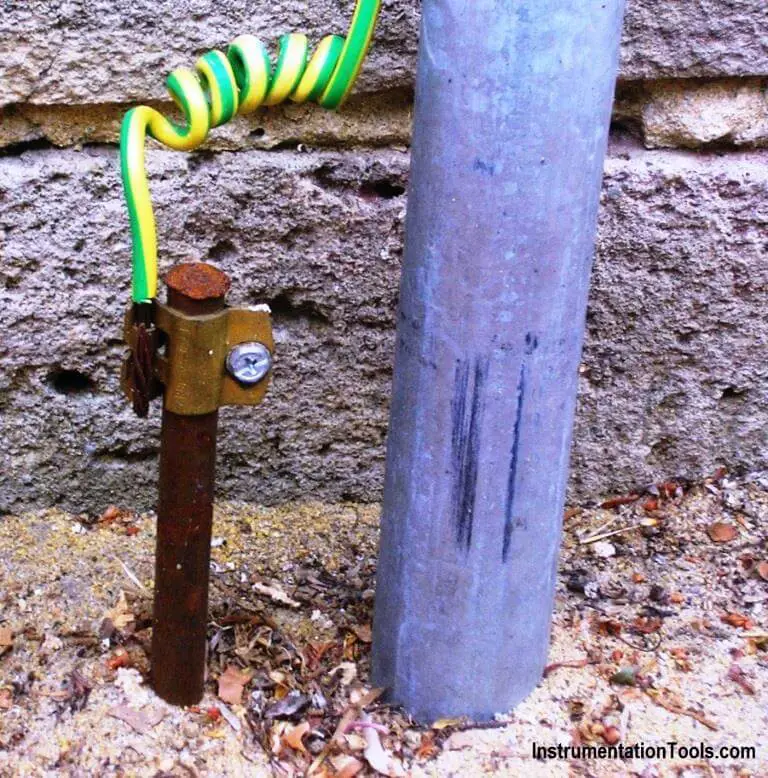
There are several important reasons why a grounding system should be installed. But the most important reason is to protect people! Secondary reasons include the protection of structures and equipment from unintentional contact with energized electrical lines. The grounding system must ensure maximum safety from electrical system faults and lightning.
A good grounding system must receive periodic inspection and maintenance, if needed, to retain its effectiveness. Continued or periodic maintenance is aided through adequate design, choice of materials and proper installation techniques to ensure that the grounding system resists deterioration or inadvertent destruction. Therefore, the minimal repair is needed to retain effectiveness throughout the life of the structure.
The grounding system serves three primary functions which are listed below.
Personnel Safety
Personnel safety is provided by low impedance grounding and bonding between metallic equipment, chassis, piping, and other conductive objects so that currents, due to faults or lightning, do not result in voltages sufficient to cause a shock hazard.
Proper grounding facilitates the operation of the overcurrent protective device protecting the circuit.
Equipment and Building Protection
Equipment and building protection is provided by low impedance grounding and bonding between electrical services, protective devices, equipment, and other conductive objects so that faults or lightning currents do not result in hazardous voltages within the building.
Also, the proper operation of overcurrent protective devices is frequently dependent upon low impedance fault current paths.
Electrical Noise Reduction
Proper grounding aids in electrical noise reduction and ensures:
- The impedance between the signal ground points throughout the building is minimized.
- The voltage potentials between interconnected equipment are minimized.
- That the effects of electrical and magnetic field coupling are minimized.
Another function of the grounding system is to provide a reference for circuit conductors to stabilize their voltage to the ground during normal operation. The earth itself is not essential to provide a reference function. Another suitable conductive body may be used instead.
The function of a grounding electrode system and a ground terminal is to provide a system of conductors that ensures electrical contact with the earth. Two Fine Print Notes (FPN) that appear in Section 250-1 of the NEC provide a good summary of the reasons for grounding systems and circuit conductors and the conductive materials which enclose electrical conductors and equipment.
Reference: erico
Read Also:
- Electrical Symbols
- Compare Floating & Ground Voltage
- PLC Objective Questions & Answers
- What is Instrument Earthing?
- How Cable Gland Works?
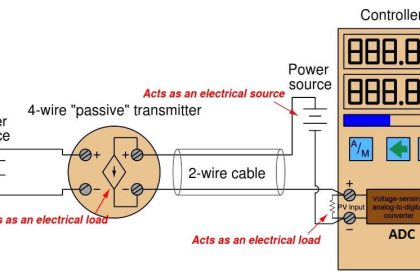
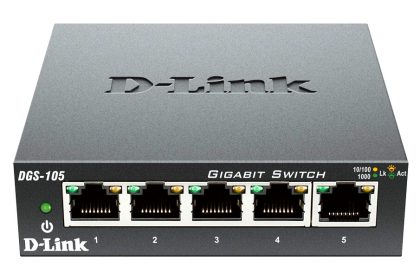


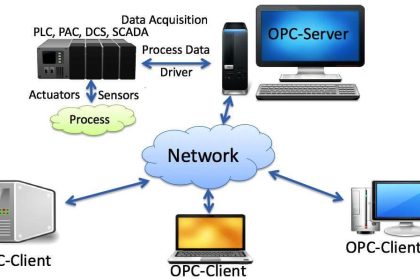



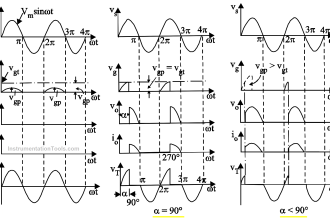
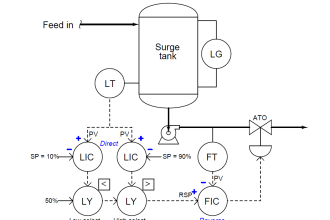



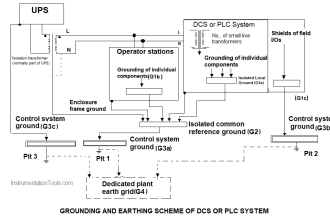

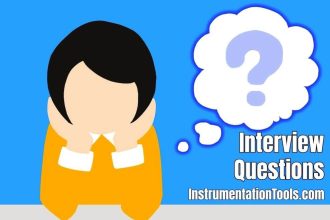

Good knowledge for every one